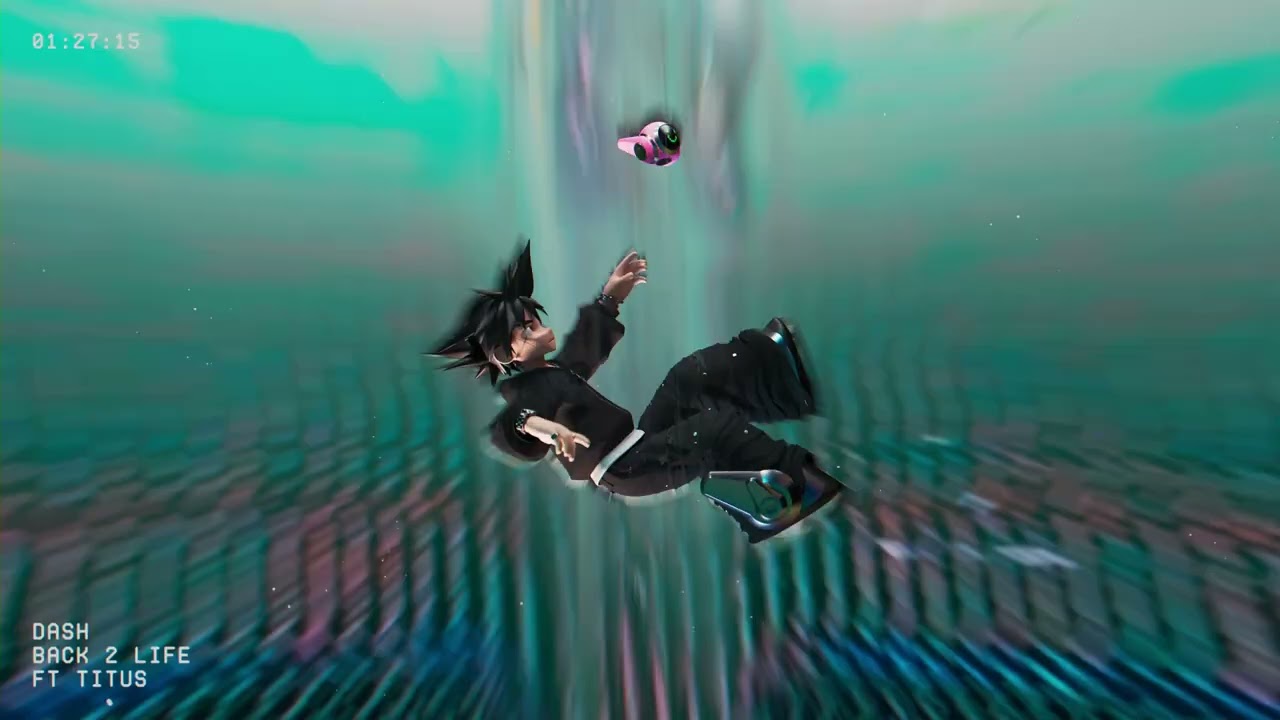My Dress-Up Darling has quickly cemented itself as one of Winter 2022's most popular new anime series. The anime's focus on the world of cosplay and its chaotic romantic comedy elements have captured the imagination of the anime community. However, its seinen sister, Complex Age, presents a distinct but equally fantastic look at the world of cosplay.
Written and illustrated by Yui Sakuma, Complex Age began life as a one-shot manga. It was published on Kodansha's Weekly Morning website in 2013. The one-shot proved popular, and it won the Tetsuya Chiba Prize. Yui Sakuma would re-launch the series with a new, longer, semi-linked story in 2014. This second version was brought to America by Kodansha USA.
Complex Age follows Nagisa Kataura, a 26-year-old temp-worker who still lives with her parents. However, Nagisa has a secret, as she is actually a devoted and well-known cosplayer, famous for her ability to recreate any character near-perfectly. However, Nagisa's favorite cosplay is Ururu, a character from Nagisa's favorite show, Magical Riding Hood Ururu.
However, life isn't easy for Nagisa. She is embarrassed by her hobby and is scared that people will look down on her or judge her. Because of this, she is terrified of her coworkers learning about her hobby, so she works to keep her second life a secret. On top of this, Nagisa has low self-esteem, which makes her very susceptible to criticism. This low self-esteem is made worse when Nagisa meets Aya Kurihara, another Ururu cosplayer. However, in the eyes of Nagisa, Aya Kurihara looks more screen-accurate, sending Nagisa into a downward spiral.
This makes Complex Age a fascinating contrast to My Dress-Up Darling. While the cosplayer in My Dress-Up Darling, Marin Kitagawa, is outgoing and proud of her body, Nagisa is shy and dislikes hers. Both characters use cosplay to express themselves and display their passions. But, Marin Kitagawa is much more comfortable in her skin than Nagisa is. In fact, Nagisa shares many similarities with My Dress-Up Darling's other protagonist Wakana Gojo. Both characters are embarrassed about their hobbies due to previous rejection, forcing them to hide their passions under a socially-acceptable facade.
However, both series do a great job of showing how challenging and complex cosplay is. We see both sets of characters spending hours pouring over media, trying to absorb every detail of the character's look and personality. We are also shown how time-consuming and tricky creating cosplay costumes can be and how much money these costumes can end up costing, especially for creators with an eye for detail.
On top of this, both series show how the community surrounding cosplay can both empower and hurt its members. It can help people find friends with similar interests and help them express their passions. But it can also exasperate body issues and make people feel isolated or unworthy, especially those who feel like they can't pull off the costumes they want to wear.
Both My Dress-Up Darling and Complex Age are love letters to cosplay. Both series also show the power of embracing your hobbies and your passions. But at the same time, neither shies away from the harsh realities of the community. This makes My Dress-Up Darling and Complex Age the perfect double bill as they use two different genres to shine a light on the ups and downs of the cosplay hobby.
About The Author

